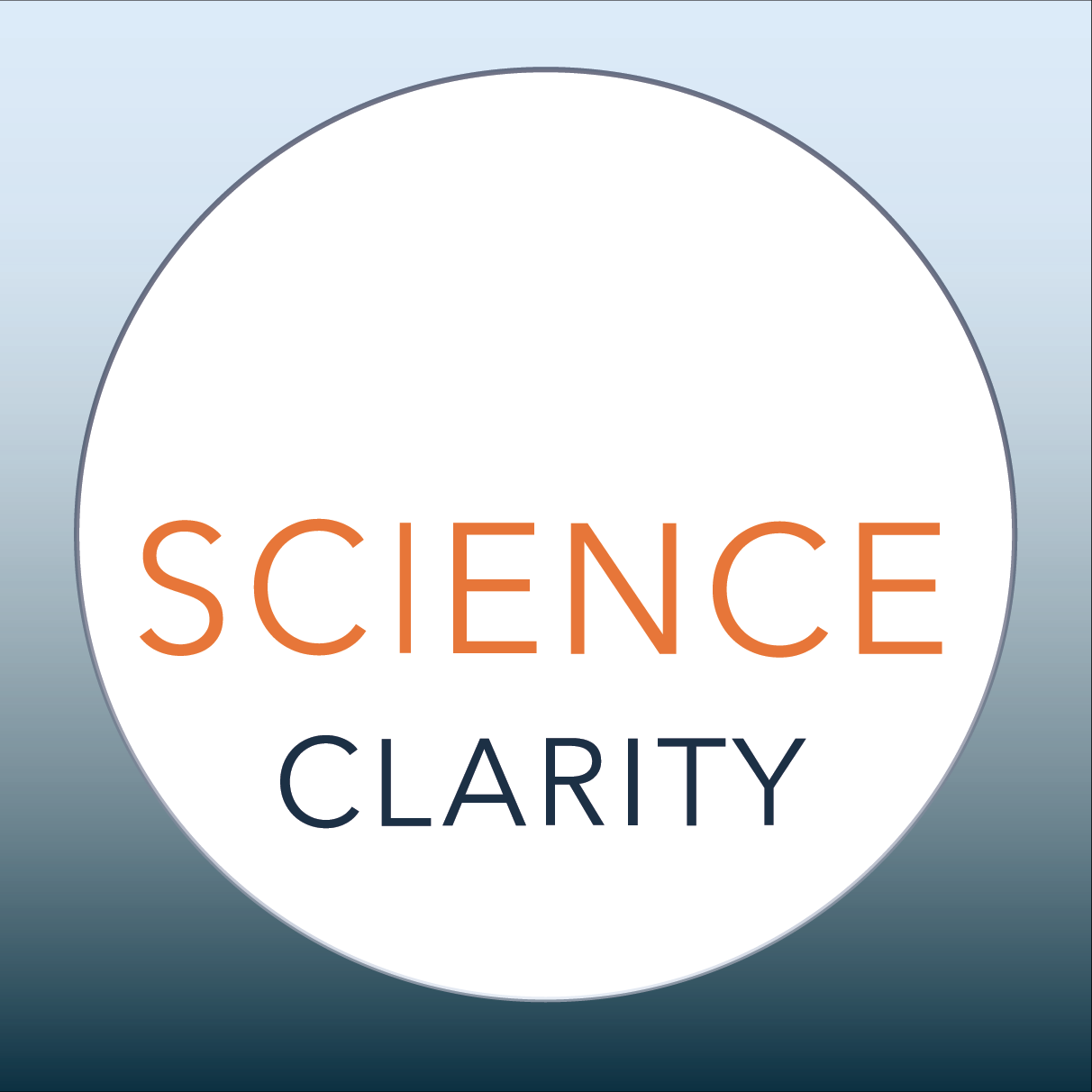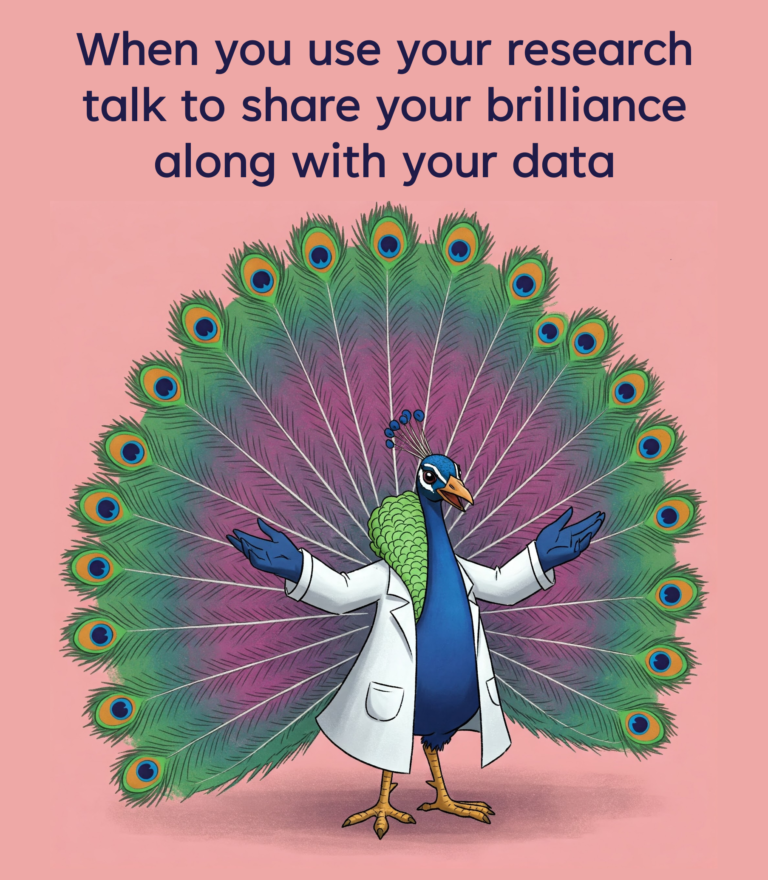When I was a scientific consultant, the goal of every presentation was clear: to demonstrate that I was an expert.
If I was presenting to a client, their belief in my expertise was critical. If I was at a conference, I needed to show potential clients that I had technical know-how they could trust.
I argue that this is the goal of many scientists when they present their research—even if they don’t explicitly acknowledge it. Sure, sometimes the purpose of a talk is to share results and inspire action, but most of the time your research presentation is a moment to show the world that you are great at what you do.
And why shouldn’t it be? You worked hard on that research! And, let’s be honest, this presentation might be the only recognition you get for all that effort.
If your goal is to show your scientific authority, here’s the secret: Your presentation has to be clear.
There’s a well-known saying: “If you can’t explain something simply, you don’t know it well enough.” Therefore, to show people that you know something well, you have to explain it to them simply.
This sentiment is backed by science.
Research from Daniel Oppenheimer showed that people rate an author’s intelligence higher when the author uses clear, simple language rather than complex wording. His experiments also showed even something as small as a harder-to-read font makes audiences think an author is less smart.
This means that if your audience has to struggle—even a little bit—to understand your talk, they will unconsciously assume you are not as smart.
Here’s how to give a presentation with clarity.
Tell a compelling scientific story. It’s tempting to think that simply sharing your data will prove how great your work is—and, by extension, how great you are. That’s not enough. Information alone is rarely inspiring.
To make an impression, you need to provide a complete narrative that resonates with your audience.
Imagine someone tells you about a program that helps people run at a 12-minute-mile pace. Some might think, “Wow, that’s impressive; I can’t run a mile at all!” Others may think, “That’s pretty slow. So what?” There’s no clarity provided with just this piece of information because it can be interpreted in multiple ways.
Now, what if it were framed differently? “This program improves mile pace from 20 minutes per mile to 12 minutes per mile.” That bit of context makes the data more meaningful. It allows the audience to understand and appreciate its significance.
It would be even better this way: “This program improves mile pace from 20 minutes per mile to 12, and here’s how I did it.” Now the audience appreciates accomplishment and the accomplisher.
When you clearly communicate what was done, why it matters, and how you did it, you make it easy for your audience to recognize your expertise.
(See “Why you should think of your science as a story” to learn more.)
Simplify, simplify, simplify. You spent months (or years) completing your study. But your audience has only a few minutes to absorb it. If your message isn’t simple enough, people won’t understand it.
But simplifying complex ideas is hard. Here’s what it takes:
- Imagine yourself in your audience’s place. Once we know something, it’s difficult to remember what it was like not to know it. But effective communication requires you do just that: Anticipate what your audience needs to hear to understand your key message, considering they have no prior knowledge of your topic.
- Resist the urge to include everything you know. A common tendency is to present too much information in the name of “transparency.”. The irony is that too much information has the opposite effect: I; it muddles your key message! And if your audience is confused, no one will see your expertise.
- Be ruthless about what data makes the cut. A lot of very important information will have to go into the “presentation recycle bin.” Your audience wants to assume everything you present is relevant. If it isn’t, they’ll waste energy trying to figure out where the extra data fits and become confused. Again, confusion is the enemy of credibility.
(See “How to make your science memorable” to read more about how keep your science communications simple.)
Simplicity takes effort, but it’s worth it. When you get it right, your audience won’t just understand your research, they’ll also see exactly how good of a researcher you are.
One shot. No do-overs.
In research presentations, you don’t get second chances. If your talk isn’t clear, that opportunity to make an impression is lost forever.
That’s why I created the Presentation Readiness Package to help researchers like you sharpen your message and content to prove your expertise and get the recognition you deserve.
The process:
- 30-minute strategy session to refine your key message and objectives
- 60-minute content review with targeted improvements
- 30-minute follow-up session to polish and perfect your presentation
Packages start at $400.
Schedule your appointment or complete this form to get started.


